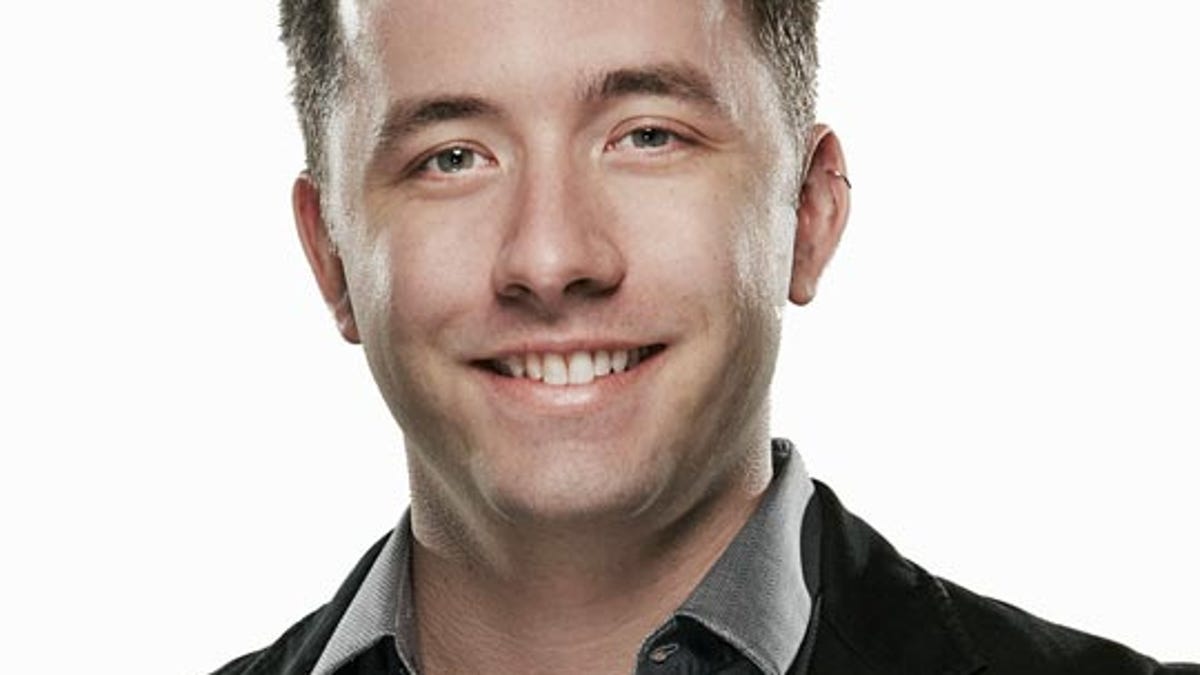Dropbox CEO: 45M users and just getting started
Dropbox founder and CEO Drew Houston talks about his desire to simplify the world's digital mess.

Silicon Valley darling Dropbox, a cloud-based service that lets you easily access your content from any device, claims 45 million customers after just four years in business.
And, to hear founder and CEO Drew Houston describe it, the company is just getting started.
"People think of us as a storage folder," Houston said during a conversation with Om Malik during the GigaOM RoadMap 2011 summit in San Francisco. "But that's just chapter one of all the things we want to do."
Dropbox, which Houston began in 2007, has been in the tech and business news a lot lately. In late October, the company scored $250 million in funding, a huge amount compared with what most startups raise these days. Then Forbes magazine wrote a piece that detailed how the late Steve Jobs wooed Houston in December 2009 and tried to buy the company.
Houston, who's now 28, said no. And Apple went on to launch iCloud, a product that just came out in the latest iOS and is aimed squarely at Dropbox's market. Plenty of other competitors, such as emerging startup Bitcasa, are also going after the access-your-stuff-anywhere market.
Houston didn't mention Apple in his talk today. And he certainly doesn't seem too worried about Apple or anyone else.
He does, however, owe a ton of his success to Apple. When Houston began Dropbox, people saved most of their files--whether text, images, or music--on their computers or separate hard drives. The introduction of the iPhone, which put computers and the Internet into people's pockets, changed the equation: People had reason to access their files from anywhere, not just at home or at work.
"Suddenly we had this other screen," said Houston, and that's when the business opportunity really arose.
He argues that demand gets even greater as even more devices, such as cars and TVs, become connected and "it becomes a real pain to keep track of everything."
Techies might talk about all this as storage and syncing, but Houston fights those terms. "Those words don't mean anything," he said. His goal is to make Dropbox a seamless experience that anyone can use to make "your life easier."
It's Steve Jobs-like talk for sure, and an approach that's likely a big reason for Dropbox's success.
Naturally, Dropbox is helping the so-called distributed workforce. But Houston said he's often hearing of new uses, such as how some professors now rely on the service to share documents with students.
So what's next? What's beyond, well, storage and syncing? Houston wouldn't say, but he hinted at the way he's thinking.
"The way we manage files on a computer is insane," he said. "We've had this system for decades. But there's still no one button that says, 'Put this online.' This is exactly the kind of problem that goes away if all your stuff is in the cloud."

